Filter products
Whisky
Whisky is probably the most versatile spirit in the world. From the smooth Irish whiskey to the strong smoky Scotch whisky from the island of Islay to the intensely sweet and spicy bourbons from Kentucky. Whisky has a centuries-old tradition worldwide and enchants with its aromatic diversity. Immerse yourself in the world of whisky with us.
Are you new here? Then you'll be interested in our 10 top whiskies for beginners. Here you will find typical whiskies with a great price-performance ratio. Or if you like it smooth, then treat yourself to a whisky from our mild whiskies. Still have questions? Scroll down to find our comprehensive whisky FAQ. Your Home of Malts team wishes you lots of fun and slàinte!
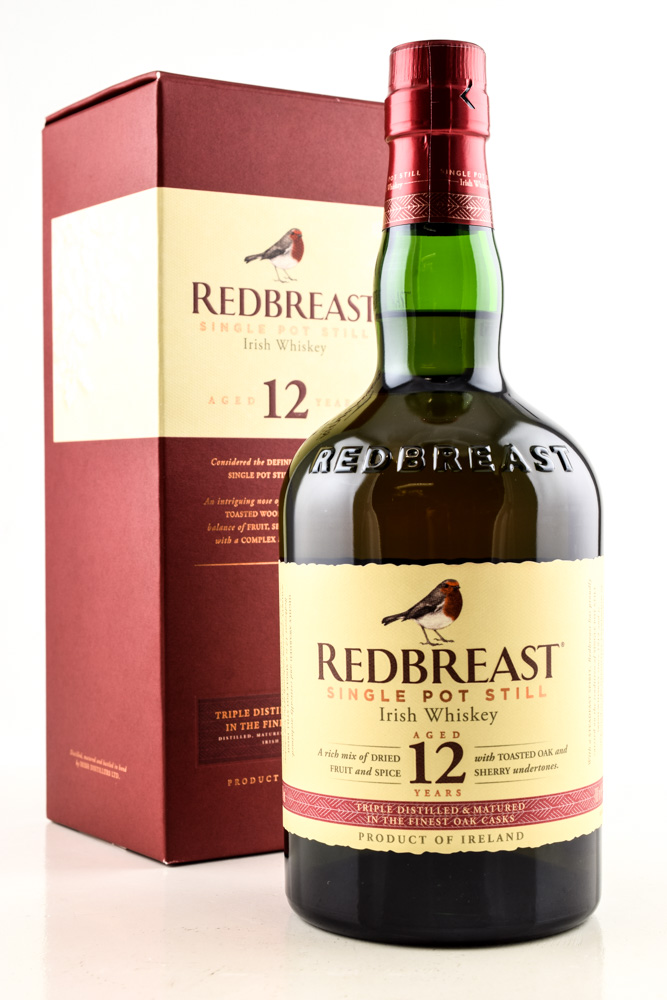
Average rating of 4.5 out of 5 stars
Content: 0.7 Liter (€65.70 / 1 Liter)
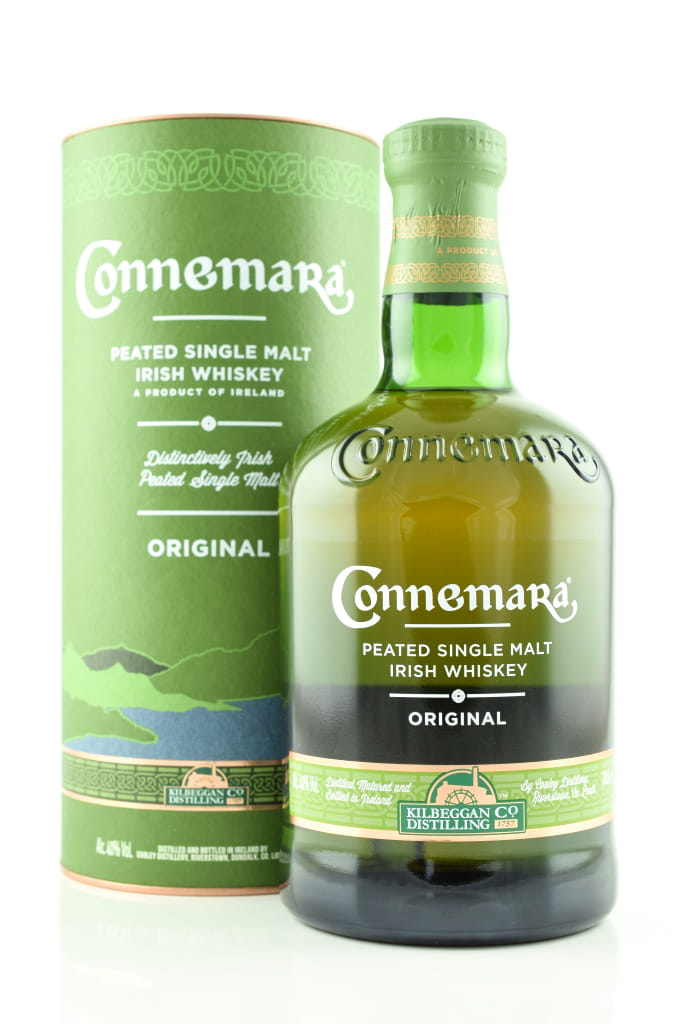
Average rating of 4.5 out of 5 stars
Content: 0.7 Liter (€33.56 / 1 Liter)

Average rating of 4.2 out of 5 stars
Content: 0.7 Liter (€71.41 / 1 Liter)
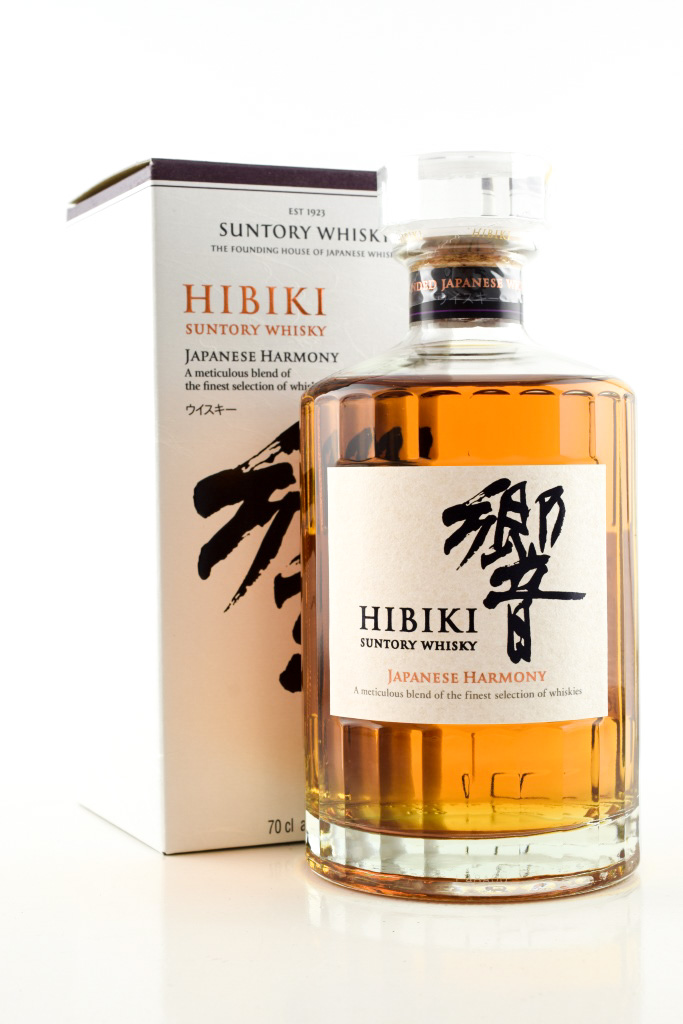
Content: 0.7 Liter (€118.56 / 1 Liter)
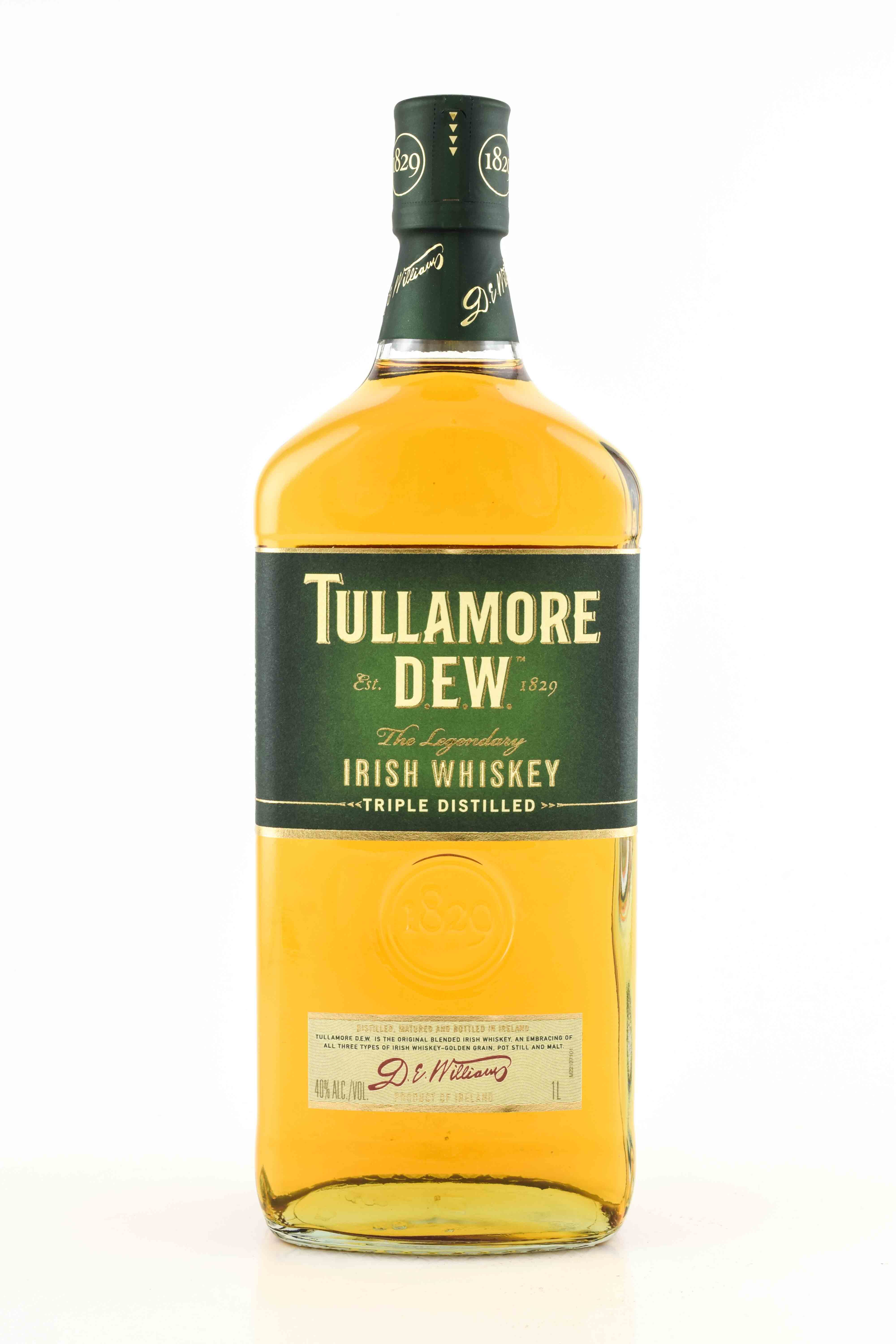
Average rating of 4 out of 5 stars
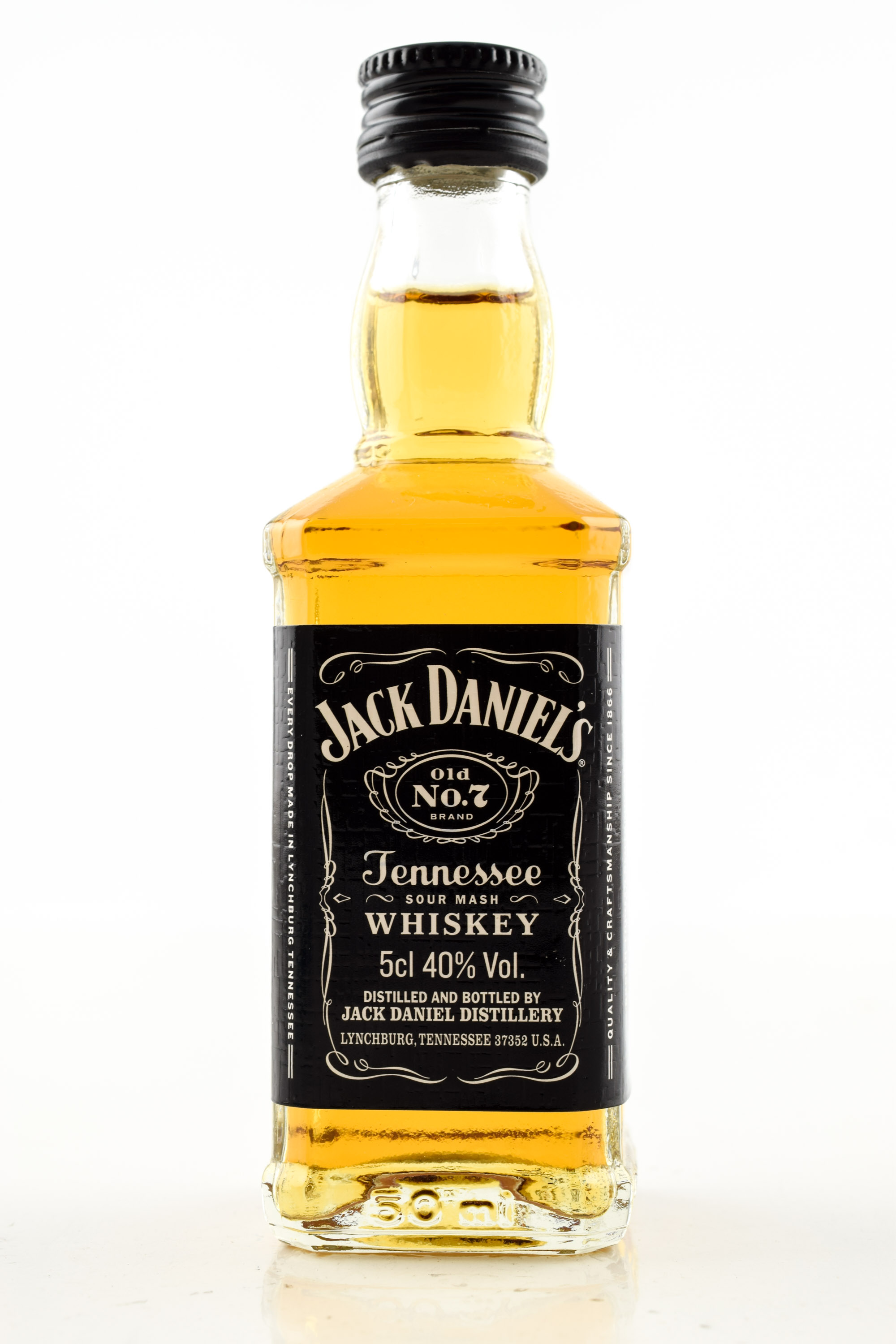
Content: 0.05 Liter (€69.80 / 1 Liter)

Average rating of 4.5 out of 5 stars
Content: 0.7 Liter (€37.13 / 1 Liter)
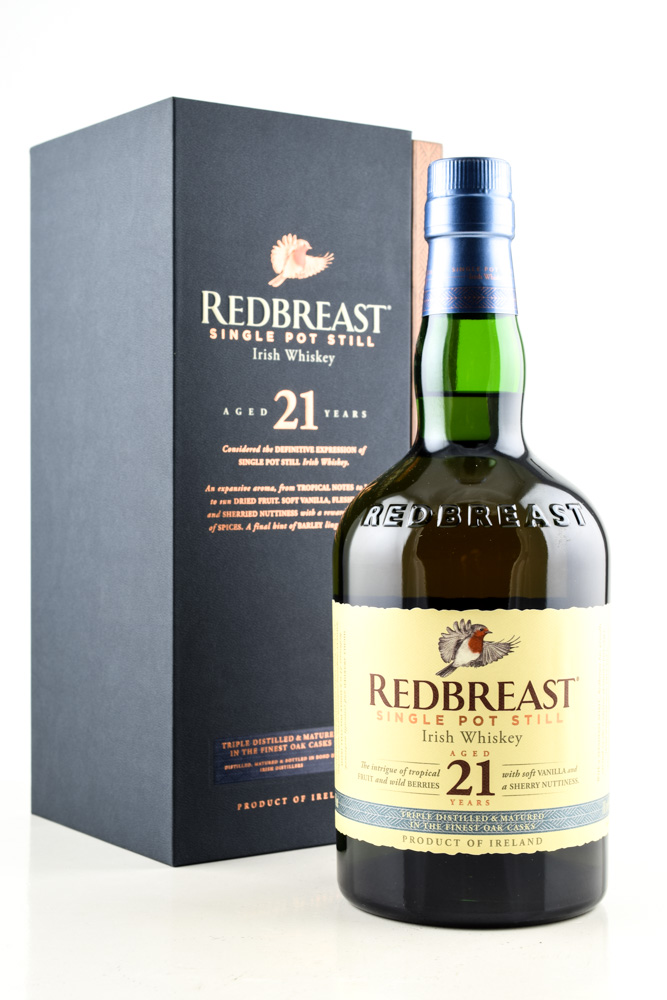
Average rating of 5 out of 5 stars
Content: 0.7 Liter (€298.56 / 1 Liter)
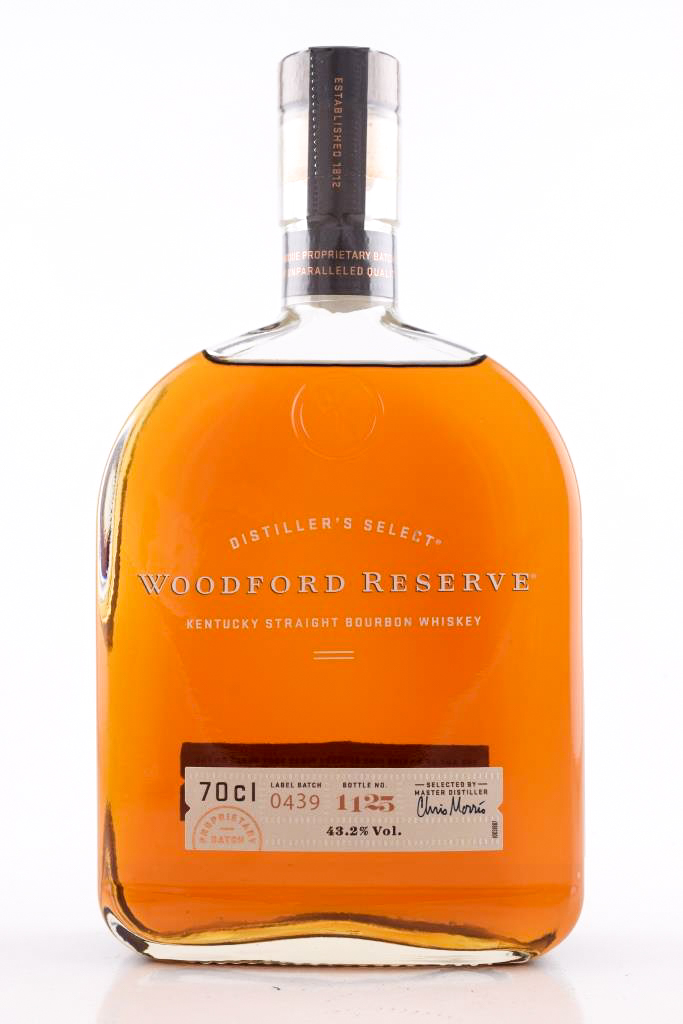
Average rating of 4.3 out of 5 stars
Content: 0.7 Liter (€37.13 / 1 Liter)
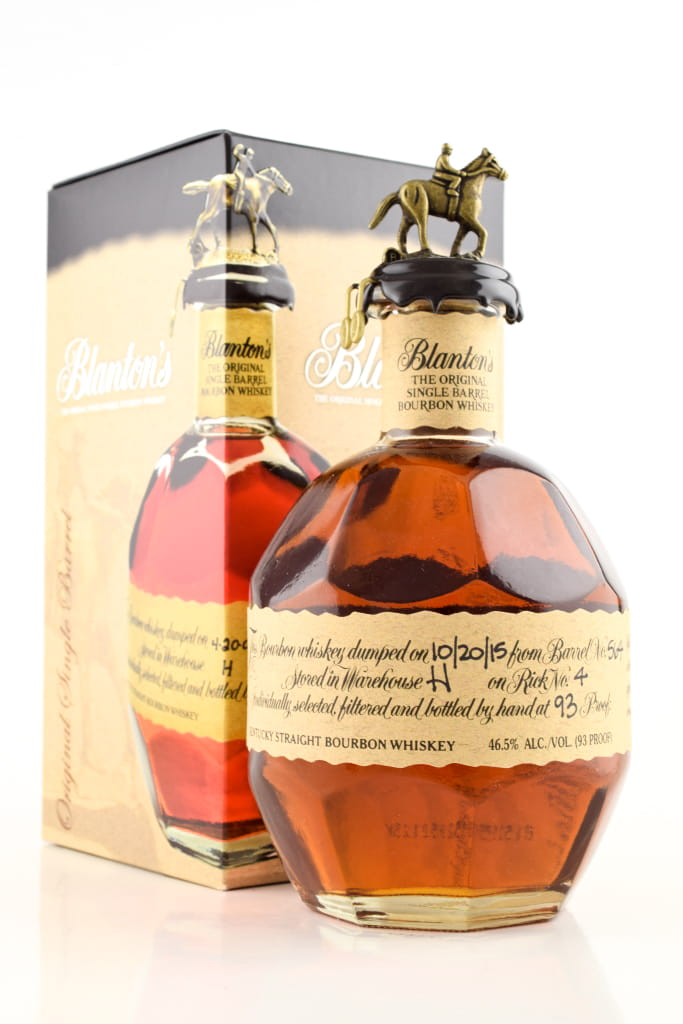
Average rating of 4.6 out of 5 stars
Content: 0.7 Liter (€114.27 / 1 Liter)
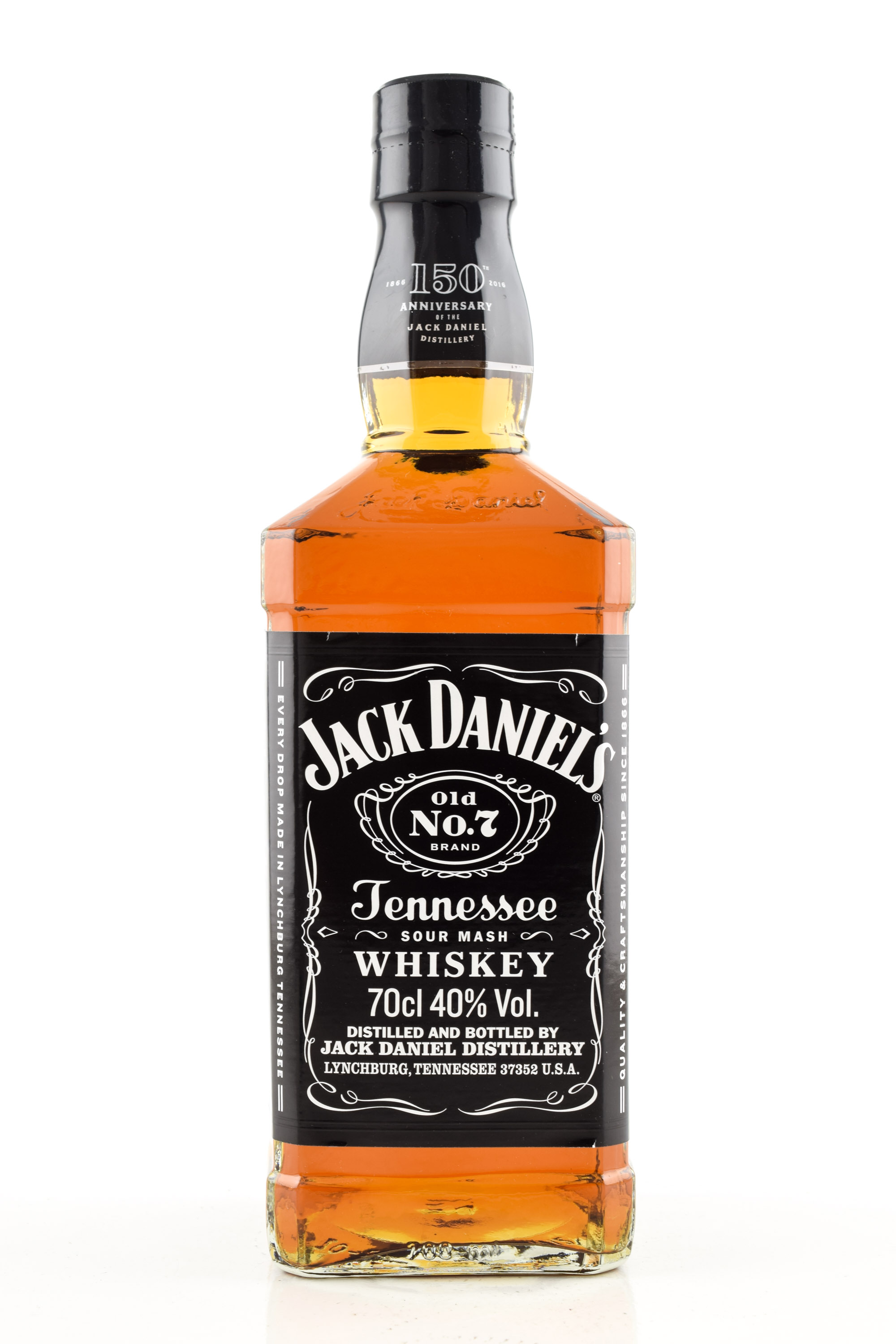
Average rating of 3.7 out of 5 stars
Content: 0.7 Liter (€28.56 / 1 Liter)
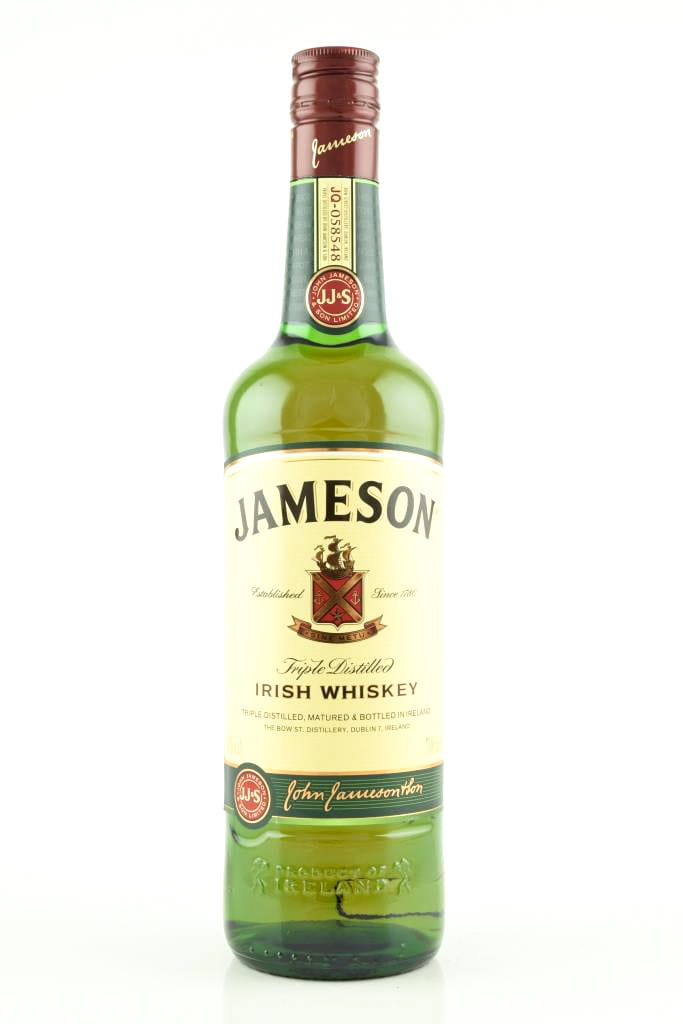
Average rating of 4 out of 5 stars
Content: 0.7 Liter (€27.13 / 1 Liter)
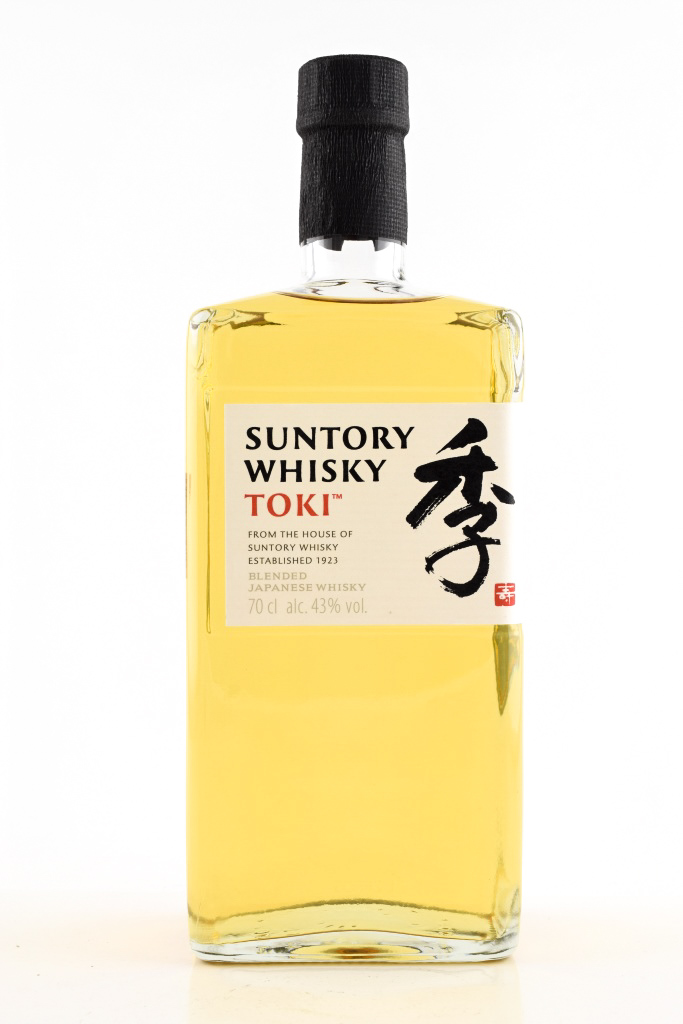
Average rating of 3.3 out of 5 stars
Content: 0.7 Liter (€39.27 / 1 Liter)
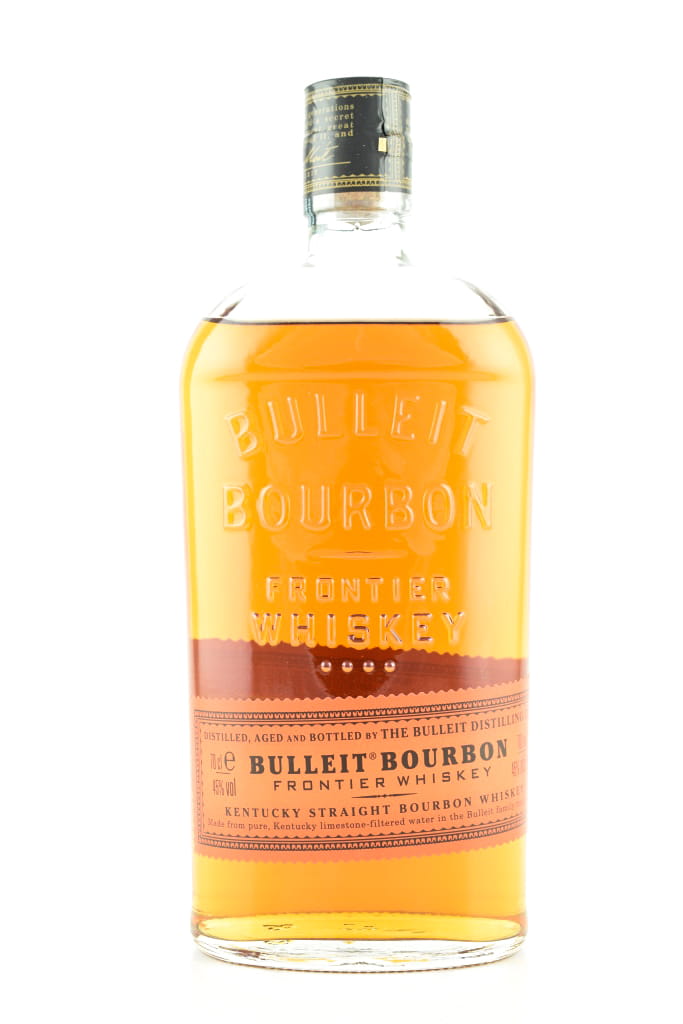
Average rating of 4.3 out of 5 stars
Content: 0.7 Liter (€32.13 / 1 Liter)
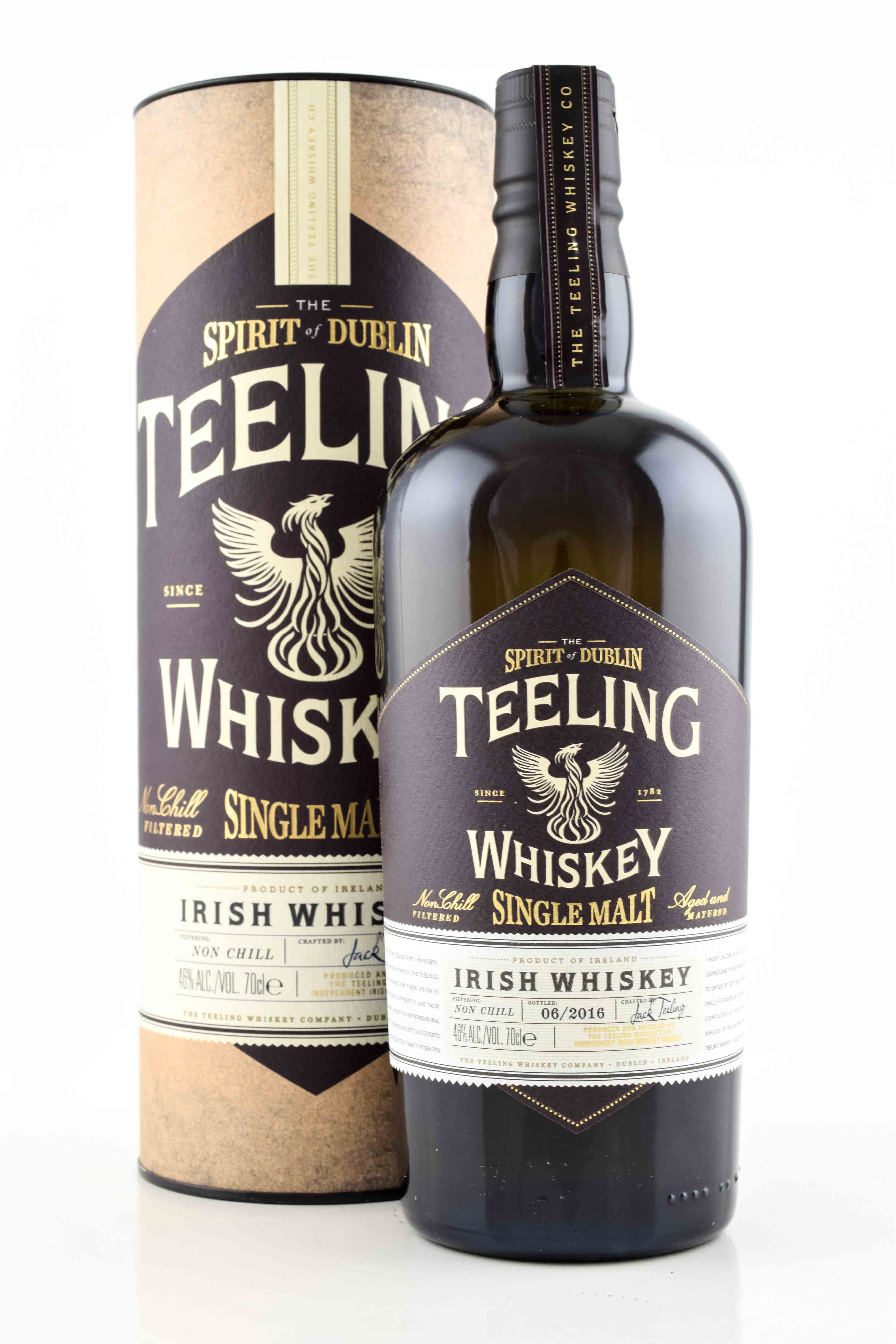
Average rating of 4.6 out of 5 stars
Content: 0.7 Liter (€52.84 / 1 Liter)
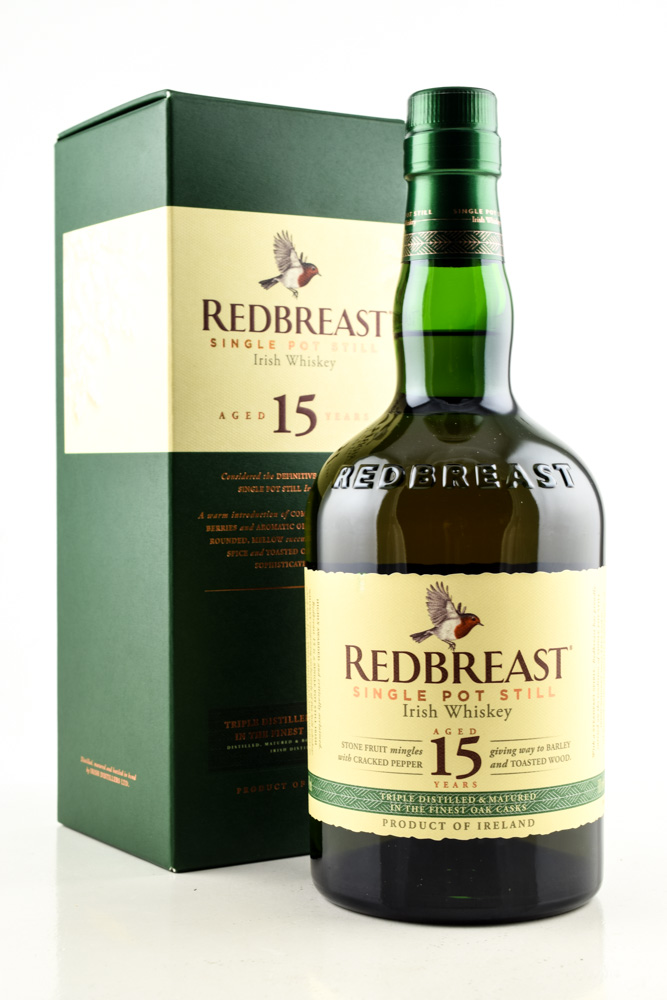
Average rating of 4.8 out of 5 stars
Content: 0.7 Liter (€107.13 / 1 Liter)
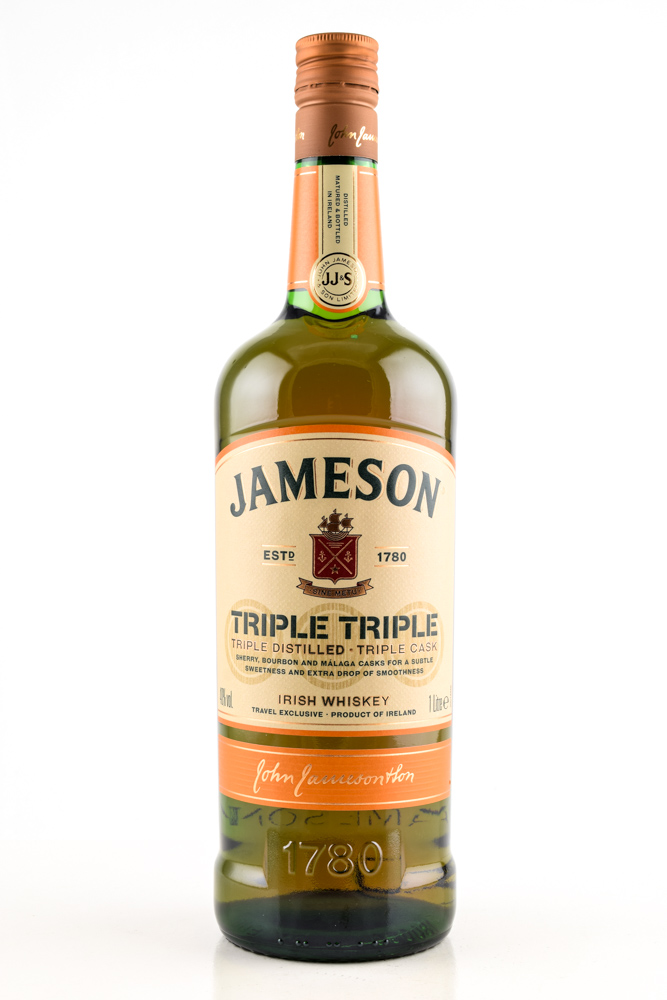
Average rating of 5 out of 5 stars
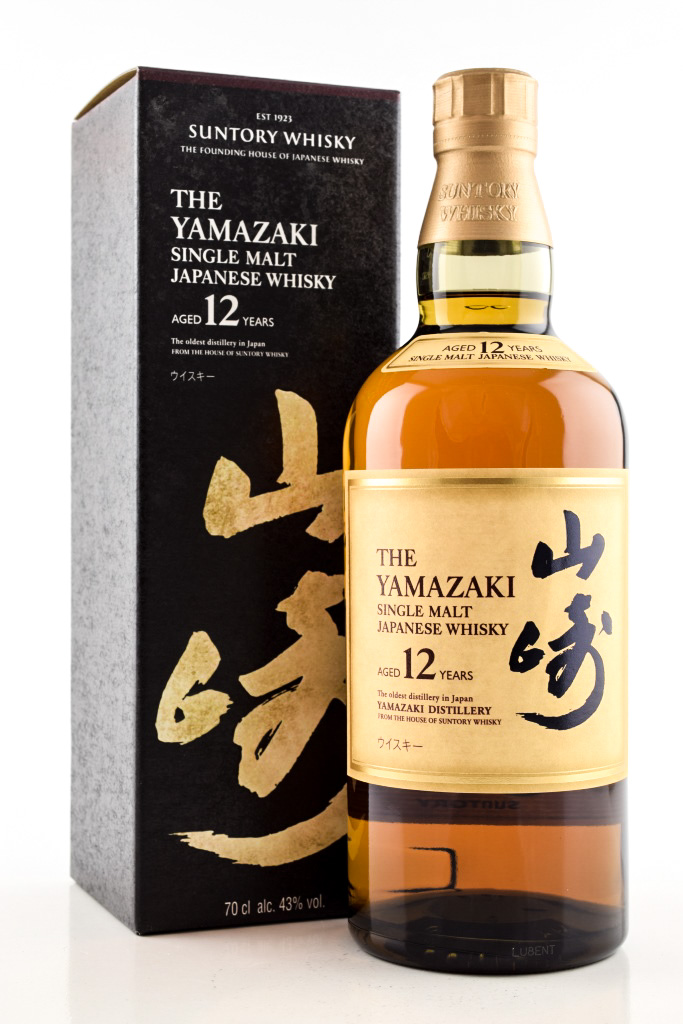
Average rating of 5 out of 5 stars
Content: 0.7 Liter (€214.27 / 1 Liter)
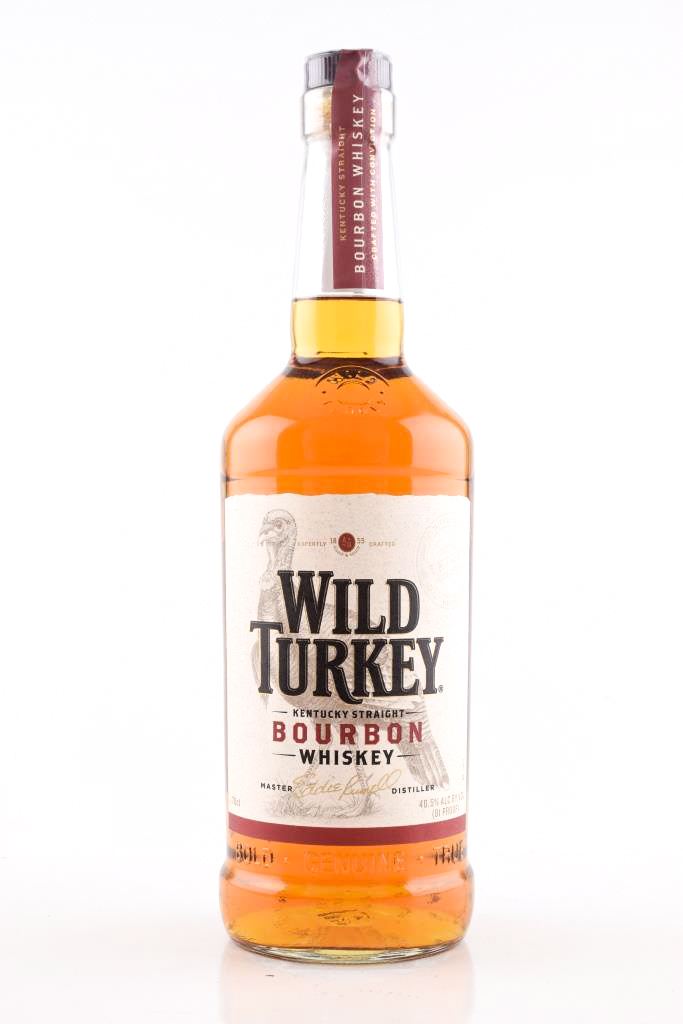
Average rating of 3.7 out of 5 stars
Content: 0.7 Liter (€26.41 / 1 Liter)
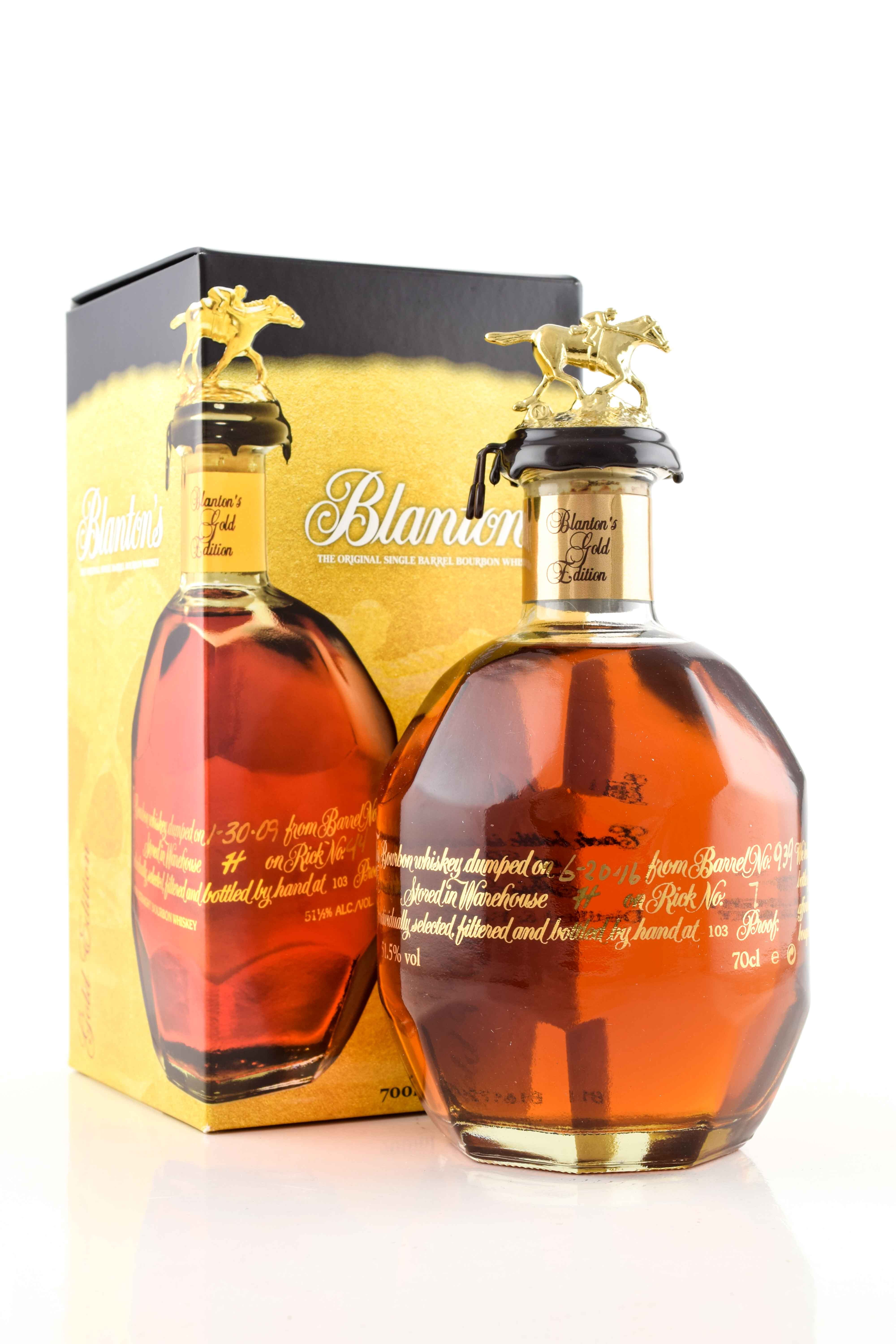
Average rating of 5 out of 5 stars
Content: 0.7 Liter (€142.84 / 1 Liter)
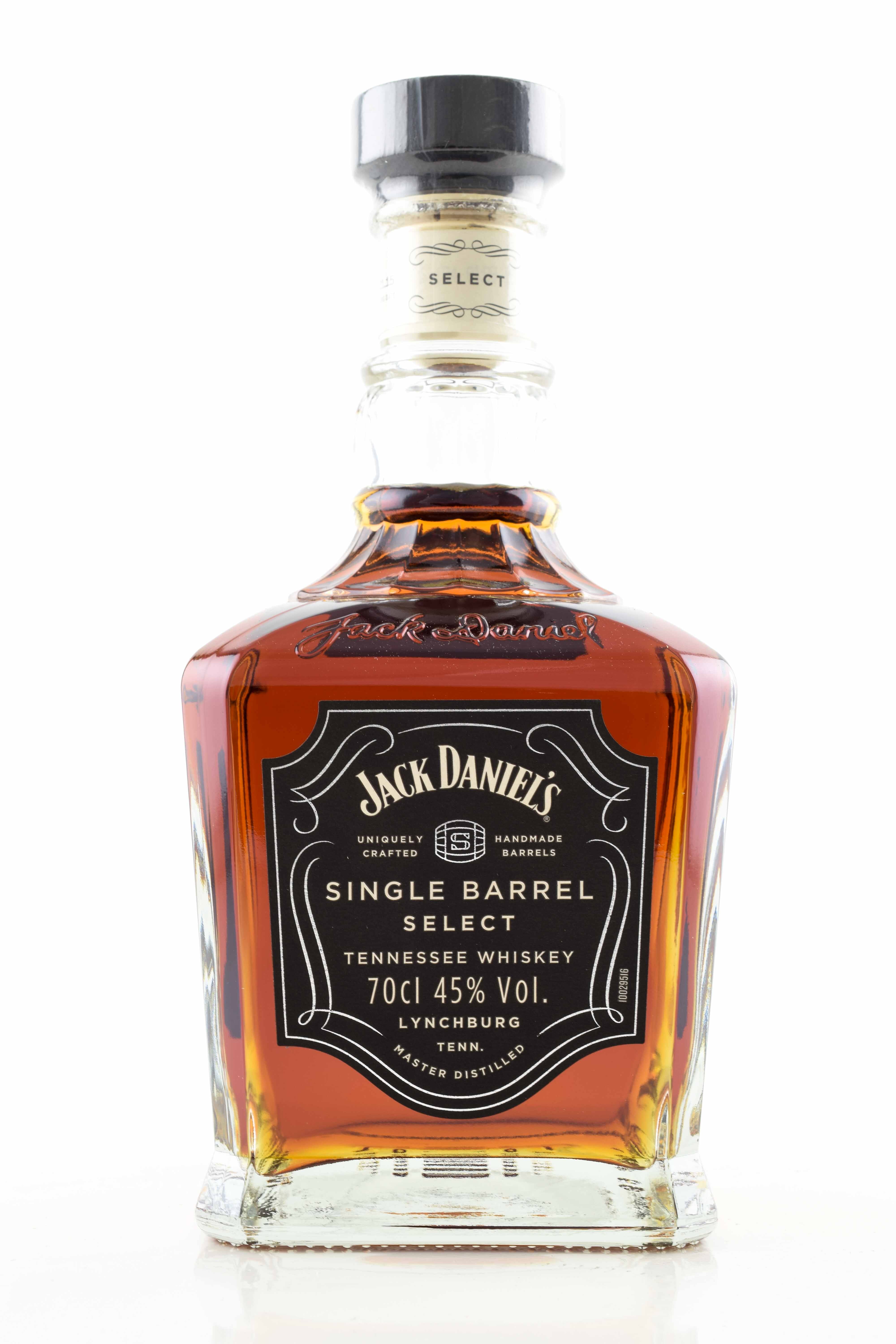
Average rating of 4 out of 5 stars
Content: 0.7 Liter (€56.41 / 1 Liter)

Average rating of 4.2 out of 5 stars
Content: 0.7 Liter (€45.70 / 1 Liter)
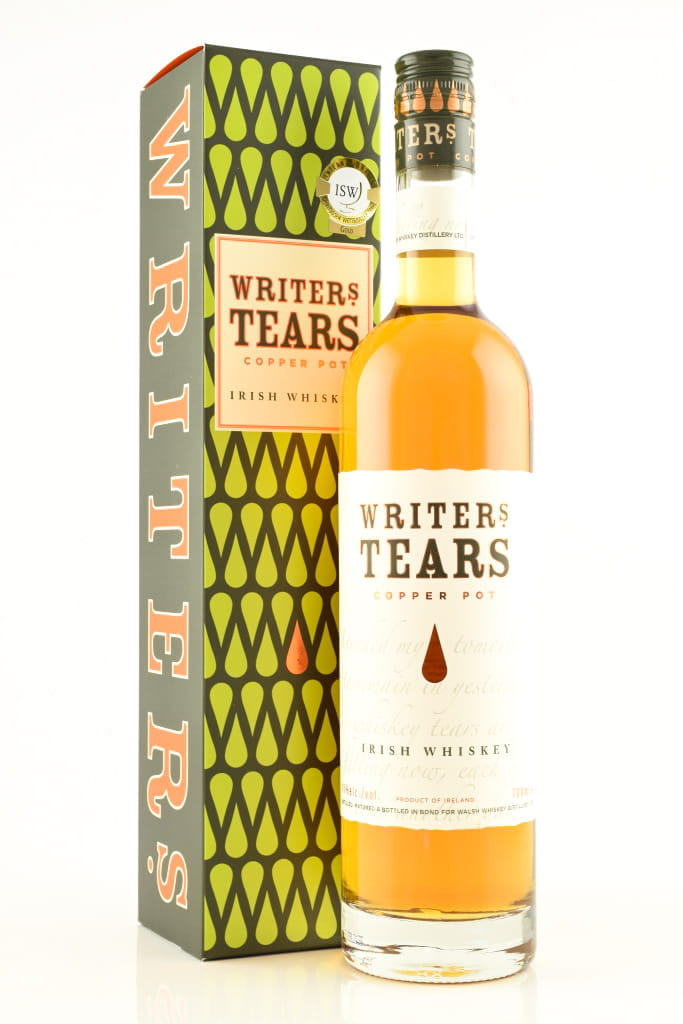
Average rating of 4 out of 5 stars
Content: 0.7 Liter (€46.41 / 1 Liter)
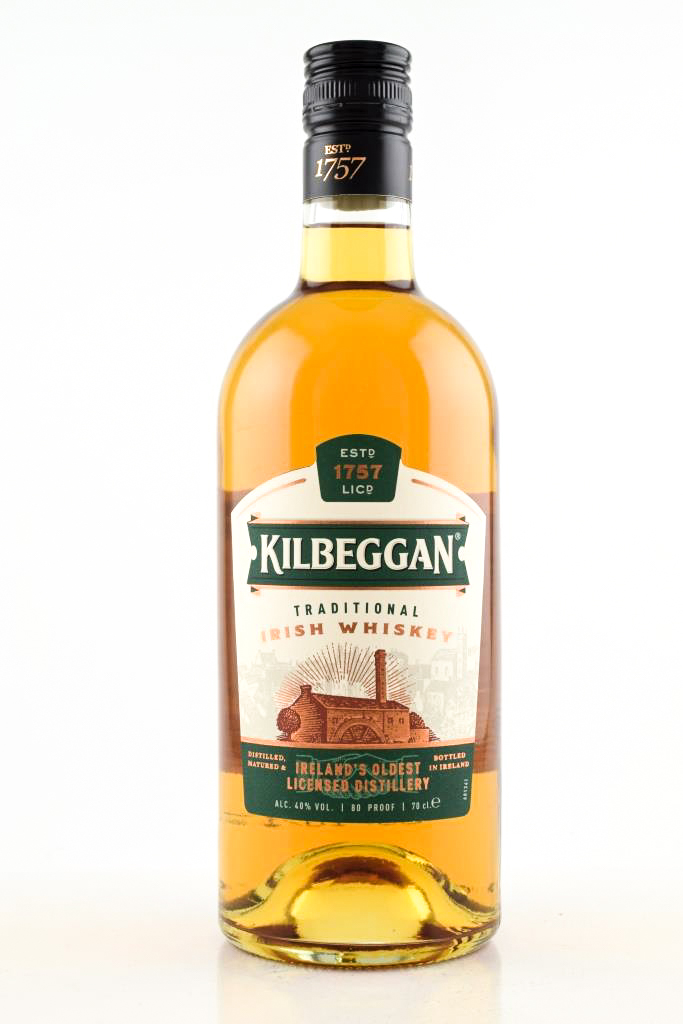
Average rating of 4.7 out of 5 stars
Content: 0.7 Liter (€19.99 / 1 Liter)
Whisky - The stuff myths are made of.
It is said that it was the Irish missionary St. Columban who established the art of distilling in his homeland in the sixth century. However, it was he who is said to have been the first to see the Loch Ness Monster. Whether before or after drinking whisky is not known... The Irish are firmly convinced that it was their national saint, St. Patrick, who brought whisky to Ireland.
The term aqua vitae, Latin for water of life, first appears in the Gaelic “usquebaugh” in Ireland in the mid-14th century. In the Red Book of Ossory, written by the Bishop of Ossory between 1317 and 1361. The word whisky or whiskey later developed from the Gaelic usquebaugh. The first documented mention of whisky in Scotland dates back to 1494, when the Scottish Benedictine monk John Cor, on the instructions of King James IV, bought eight bollen of malt to distill from them aqua vitae, in Scottish Gaelic "Uisge Beatha". It is impossible to say conclusively who “invented” whisky, as whisky has evolved over centuries and whisky as we know and love it today has evolved over time.
Whether Ireland or Scotland, whether whisky or whiskey: The traditional water of life distilled from grain is more popular today than ever and offers perhaps the greatest variety of flavors of all spirits. From the peaty, smoky Lagavulin to a fruity-floral Bushmills to the caramel notes of a Woodford Reserve - everything is in it.
This is also reflected in our whisky or whiskey offer for you. Here you will find Scotch and Irish whiskey, light blended whisky, sweet grain whisky and of course a large selection of deep single malt whisky. For whisky lovers and advanced connoisseurs we have rare single cask and small batch bottlings ready.
Enjoy the long whisky tradition of the USA with vanilla-sweet bourbon whiskys, sweet-spicy rye whisky and smooth Tennessee whisky. Or travel around the world and explore the exotic whiskys of the international whisky landscape with whisky from Japan, India, Taiwan, Australia and our Scandinavian neighbors. whisky from Denmark, as well as Swedish whisky, now have a large following. There are also excellent wines in our home country today. Reach for German whisky here.
Have fun discovering and slàinte mhath!
Questions and answers about whisky / Our whisky FAQ:
What is whisky?
Whisky or whisky is a distillate from grain that matures in a wooden barrel for many years. In Scotland, for example, a whisky must always be matured in an oak cask for at least 3 years before it can be called whisky. There are many types of whisky, differing in origin, grain type, distillation and cask aging. Here you can discover the different types of whisky!
What is Single Malt?
Single Malt Whisky is a special type of whisky made from 100% malted barley and comes from a distillery. The term is particularly well protected in Scotland. Here, single malt is distilled twice on copper pot stills. This makes the brandy particularly full-bodied and profound. Single malt whiskys are among the most popular whiskys in the world and old single malts have become coveted collector whiskys today. You will find the greatest variety in Single Malt Scotch Whisky, the Scottish single malt.
What is bourbon?
Bourbon is a type of whiskey unique to the United States. Bourbon has a protected designation of origin, which means it cannot be produced anywhere else in the world. Bourbon is subject to its own regulations. The grain composition for bourbon (mash bill) must be at least 51% corn. The rest is usually made up of rye and a small amount of malted barley. When there is a high proportion of rye, it is referred to as “high rye bourbon”. If wheat is used as the second grain instead of rye, it is called "wheated bourbon". Most bourbons come from Kentucky, but bourbon can be made anywhere in the United States. Bourbon is matured in fresh, burned-out American white oak barrels. This gives the bourbon its typical character, which is characterized by sweet vanilla, light oak and fine spices.
What is scotch?
Scotch Whisky, Scotch for short, is a protected designation of origin for Scottish whisky. A whisky may only be described as Scotch if it was produced in Scotland, matured in oak casks for at least 3 years and bottled in Scotland. In Scotland, whisky is divided into single malt scotch (malt whisky from one distillery), blended malt scotch (malt whisky from several distilleries), grain whisky (from different types of grain) and blended scotch whisky (a blend of malt and grain whisky).
Who Invented whisky?
The Irish and the Scots have been at odds over this issue for centuries. Ultimately, however, it will probably never be clarified, because the history of the origin of whisky or whiskey is so old that there is only little written evidence of its origins. As far as we know today, the predecessor of today's whisky, the Aqua Vitae in Ireland, was first mentioned in the 14th century. In Scotland, the first documented mention can be found in 1494. Thus, the Irish can claim this point for themselves. So does that mean whisky is an Irish invention? Not really. Because Usquebaugh (Irish Gaelic) and Uisge Beatha (Scottish Gaelic) probably developed quite parallel. For us it is therefore a tie and we prefer to leave the discussion to the Irish and Scots and have a dram of Irish whiskey and Scotch whisky meanwhile. Slainte mhath!
How is whisky made?
The production of whisky is subject to strict regulations in most countries. The origin of every whisky is the grain. Barley is used for single malt, corn (and rye or wheat) for bourbon, and rye for rye whiskey. The grain is ground and mashed. The mash is then fermented and alcohol and aromas are formed. Now the “beer” is distilled. Depending on the type of whisky, copper pot stills (e.g. Single Malt Scotch) or column stills (e.g. Grain whisky or Bourbon) are used. The fresh distillate (New Make Spirit or White Dog) is now matured in wooden barrels. In most cases, oak barrels are used. In the USA, fresh casks are used for Bourbon and Rye whisky, and mostly used casks for Scotch and Irish whiskey. After many years of aging, the whisky is found to be good and is now being bottled. Before that, it is decided whether several casks will be mixed, or whether the whisky will be marketed as a single cask / single barrel (single cask bottling). Done - Slàinte!
Where to buy whisky?
Finally a question that we can easily answer: At Home of Malts of course! We offer you: ✔️Huge selection of all types of whisky ✔️easy online ordering ✔️low prices ✔️fast delivery ✔️secure & easy payment ✔️expert recommendations ✔️Free shipping from 90€ (within Germany)
Where is whisky made?
Whisky and whiskey is now produced almost everywhere in the world. The traditional whisky countries are Scotland, Ireland and the USA. If you are in the mood for smoky whisky, you should check out Scotch Whisky. You like sweet, non-smoky, smooth whisky? Then maybe the Irish whiskey is something for you. In the USA you will find intense sweet and spicy flavors in delicious bourbons and rye whiskys, which are also great in whisky cocktails. Or do you fancy something exotic? Then take a look at our whiskys from Japan, whiskys from Taiwan or whiskys from India!
How do I drink whisky properly?
We believe you should drink your whisky the way you want it. In general, one could say that nosing glasses are more suitable for the profound single malt whiskies. This way you can smell more flavors out of your whisky. But if you just want to relax and enjoy a whisky, there are many whisky glasses that are suitable. whisky tumblers, for example, are designed to hold ice and, thanks to the thick glass base, not melt it too quickly. These glass shapes are particularly suitable for intensive American whiskys. There is also space in these glasses for whisky cocktails such as Old Fashioned or whisky Sour. Long, larger glasses are ideal for a whisky long drink or a highball. Because here, in addition to the whisky, mostly ice and a mixer such as ginger ale, tonic or lemonade are used.
When which whisky glass?
Depending on the situation and preference, there is the right glass for your whisky. If you would like to enjoy your whisky pure and experience the full aroma, it is best to grab a nosing glass. The tulip shape of the glass helps you to bundle and smell aromas in the glass. Are you less concerned with smelling than with sipping and enjoying? Then a whisky tumbler is a good choice. Nothing stands in the way of drinking here and if you feel like a little ice, the tumbler can handle that too. When it comes to whisky cocktails, things get a little more complicated. The high-proof whisky cocktails like Old Fashioned or whisky Sour do well in tumblers. If mixed drinks such as ginger ale, tonic or lemonade are used for a long drink or a highball, use long, larger glasses.
Why is whisky smoky?
Whisky tastes smoky when the barley malt has been smoked over a peat fire. In Scotland in particular, whisky is still distilled using traditional methods. The longer the malt dries over the peat fire, the smokier the whisky becomes. You can find particularly smoky whiskys on the island of Islay in Scotland. You like love whisky without smoke? Click on the link and take a look around!
Which whisky is the best?
A good question! In the end, however, you can probably only answer this question for yourself. Because tastes are known to differ. You're sure to get off to a good start with your search for your favorite whisky with our top 10 whiskys. Many of our favorite whiskys are already here :). But of course you can also rely on swarm intelligence and look at the whisky top sellers. Here you can find out what other whisky lovers like to buy. Are you interested in the opinion of international whisky juries? These distilleries and whisky brands are regularly awarded, for example at the International Wine & Spirits Competition IWSC and the World Whiskeys Awards: Buffalo Trace (USA), Kavalan (Taiwan), Yamazaki (Japan), Hakushu (Japan), Westland (USA), Stauning (Denmark), Redbreast (Ireland), FEW Bourbon, Glen Scotia (Scotland), Glendronach (Scotland), Bunnahabhain (Scotland), Armorik (France).
What types of whisky are there?
Here is a small selection of the most important types of whisky: There is, for example, the single malt whisky, a whisky made from barley malt from just one distillery. The variety of flavors of single malt knows no bounds. From mild-floral whisky to the strongly smoky Islay whiskys, you will find the right one for every taste here. For a fruity single malt, go to Glenfiddich, for example, while Deanston is creamy and full-bodied. If you want to try a smoky single malt, get Talisker or Laphroaig. With blended whisky you can expect lighter, drinkable enjoyment. Blended whiskys are usually cheaper than single malts and easy to enjoy due to the mostly low volume percentage. Classics are the sweet and fruity Jameson Irish Whiskey and the slightly smoky Johnnie Walker. Bourbon whiskey comes from the USA and is made from at least 51% corn. It's often sweet and spicy, as bourbon is aged in fresh burned oak barrels. For example, a great bourbon is Four Roses. Another sweet and spicy type of whiskey is Rye Whiskey made from rye. Rye is particularly suitable for whiskey cocktails, because its concise aromas are also effective in mixed drinks. A great rye is the Rittenhouse Rye.
Which whiskys to collect?
There are many good reasons to collect whisky. Collecting whisky is not only great fun because of the great variety and artistic packaging. Once you have found a whisky that you particularly like, it is advisable to get one or more spare bottles. After all, you never know whether the whisky will remain available in the long term. Even as an investment, it makes sense these days to save up a good whisky or two. If an increase in the value of the whisky is interesting for you, you should pay attention to the following: Buy whiskys that go off the market. Bottlings that can no longer be bought usually increase in value. Whiskys from distilleries that have since been closed are also sought-after collector's items. Since they can no longer be reproduced, whiskys from so-called Lost Distilleries are also a good investment. Limited bottlings and special bottlings are also good. You can find single cask bottlings (single cask whiskys), for example, at independent bottlers. The older the whisky, the higher the price. However, since the demand for old whisky is constantly increasing, but production takes many years or decades, the prices for old whisky continue to rise. From the age of 18 upwards, the price curve is currently rising steeply. So if you buy old whisky, you are almost certain of a stable investment.
Which whisky tastes sweet?
Basically, almost every whisky has sweet aromas. This is because during the whisky manufacturing process, starch is converted into sugar. Because this sugar is necessary for fermentation and the production of alcohol. Bourbon whiskeys are often very sweet because they are made from corn and are aged in fresh oak casks. The fresh oak often gives off aromas of vanilla. Sweet bourbons include Maker's Mark, Four Roses, and Woodford Reserve. The popular Tennessee whiskey Jack Daniel's is also known for its sweet aromas. Irish whiskeys are also often mild and sweet. For example, we particularly like the single pot still whiskey Redbreast. In Scotland you will find single malts with a sweet character at Deanston, Glenlivet, Aberlour, Auchentoshan and Glenmorangie.
Which whisky tastes mild?
Whether a whisky tastes mild to you depends on various factors. On the one hand, your own personal sense of taste decides. The distillery character also plays a crucial role. These whiskys are generally considered very mild: Glenlivet, Glenfiddich, Aberlour, Auchentoshan and Glenmorangie. Perhaps the most important factor is the alcohol content. Here you will find a large selection of mild whiskys that do not exceed the alcohol content of 43% vol. Age also affects how mild a whisky is. The older whisky is, the milder and smoother it will be on the palate. So maybe look for whiskys that have been in the cask for 15 years or more. Very mild whiskys are, for example, the Glenlivet 18 years or the Glenfiddich 15 years.
Which whisky regions are there?
Scotland is divided into different whisky regions. Officially there are five Scotch whisky regions:
1. Lowland Whisky: The Lowlands are Scotland's most southerly whisky region. They range from the Anglo-Scottish border to an imaginary line between Greenock and Dundee. Thus, the two major Scottish cities of Edinburgh and Glasgow are in the Lowlands. Lowland whisky is usually characterized by a non-smoky, mild character. Classic examples of Lowland whisky are Auchentoshan and Glenkinchie.
2. Highland Whisky: The Scottish Highland region is large. It is not only relevant to whisky, but also a geological area of its own, which does not exactly correspond to the whisky definition. The Highland region covers the whole of mainland Scotland north of the Lowland-Highland border. Highland whisky is commonly described as rich and flavorful. However, given the great variety of Highland whiskys, one can hardly generalize so strongly. Classic Highland whiskys include Oban and Ben Nevis (West Highlands), Glengoyne and Deanston (South Highlands), Edradour & Aberfeldy (Central Highlands), Fettercairn and Glendronach (East Highlands) and Dalmore & Clynelish (North Highlands).
3. Speyside Whisky: Speyside is part of the Scottish Highlands, but is run as a separate whisky region. It encloses an area along the River Spey in north-east Scotland. Most of the Scottish malt whisky distilleries are located in the Speyside area. Classics like Glenfiddich, Glenlivet, Aberlour and Macallan can be found here. The Speyside style is described as deep, fruity and floral. You will rarely find smoke aromas here.
4. Campbeltown Whisky: The Campbeltown region is Scotland's smallest whisky region. It is located on the Kintyre Peninsula in south-west Scotland. In the coastal town of the same name, three malt whisky distilleries currently produce single malt: Springbank, Glengyle (Kilkerran Whisky) and Glen Scotia. Campbeltown whiskys are heavy, maritime and malty and often have light to heavy peat smoke in aroma.
5. Islay Whisky: The Isle of Islay is Scotland's most famous whisky island and notorious for its heavily smoky whiskys. By smoking or drying over peat, strong smoky aromas get into the island's single malts. Every distillery here is unique and needs to be explored. Big names like Ardbeg, Lagavulin, Laphroaig and Bowmore have made Islay famous around the world. But also Caol Ila, Bunnahabhain, Bruichladdich and the farm distillery Kilchoman have it all. A ninth distillery was recently added with Ardnahoe, and more will follow. If you like smoky whisky, you can't get past Islay.
6. Island Whisky: The Scottish Isles are officially part of the Highland Region. However, many whisky books and experts give island distilleries their own region. We have also given the Islands whisky a category.Wwhisky from the Scottish islands is very diverse and ranges from fruity-fresh Arran Single Malt to the delicately smoky Highland Park to the maritime, smoky Talisker Whisky.
Why drink whisky with water?
Adding a few drops of still water to your whisky can further unlock flavors. This can help especially with nosing. Even with cask strength whiskys, adding water can help tame the high alcohol content. However, whether you want to add water to your whisky or not is of course up to you.
Why use whisky stones?
Whisky stones are used to chill your whisky. The advantage of whisky stones is that the whisky is not diluted by the melt water during cooling.
Why is whisky so expensive?
There are many reasons why whisky is so expensive. One reason is the high production costs, as most whiskys are lovingly made by hand. Long aging in casks also makes whisky an expensive drink. Most whiskys have to mature for at least 3 years, but mostly whisky is stored for many years to decades. Therefore, particularly old whiskys are very valuable. The collector's value of whiskys that are no longer produced is also enormous. So it is mainly the rarity that makes very expensive whiskys so expensive.
Why does whisky taste smoky?
whisky tastes smoky when peat malt is used in its production. In the kilning process, the drying of the malt, the malt is either dried over coal or peat. If charcoal is used, the result is a whisky without smoke. If the malt is dried over a peat fire, a smoky whisky is later obtained. The smoke content is given in ppm (phenol parts per million). You will find the smokiest whiskys among the Islay whiskys. The smokiest whisky in the world is currently Octomore.
Why store whisky upright?
You shouldn't store your whiskys lying down. Due to the high alcohol content, the natural cork can be attacked. In the worst case, this can dissolve and crumble.
Whisky or whiskey? How do you spell whisky?
Both spellings are correct. It just depends on what whisky you're talking about. In Ireland, the spelling whiskey has traditionally prevailed. However, this is not a law. The Irish Waterford Distillery, for example, writes their whisky without the “e”. In Scotland, whisky is always spelled without the “e” before the “y”. The USA have also mainly adapted to the Irish spelling. But there are exceptions like Maker's Mark whisky or George Dickel Tennessee Whisky.
Who Makes whisky?
The most important whisky nations in the world are Scotland, Ireland and the USA. But good whiskys are now also reliably coming from Japan, India, Sweden and Germany.
What is the best way to store whisky?
Ideally, you should store your whisky upright. Keep the whisky out of direct sunlight. You should also avoid extreme temperature fluctuations if possible. If the whisky is stored in a very dry environment (a lot of heating air), you can tilt the bottles briefly at larger intervals so that the cork does not dry out completely. Because that can lead to it breaking more easily when opened.
How long does whisky keep?
As long as a whisky is closed, it has an extremely long shelf life. A whisky can survive many decades completely undamaged. However, if the bottle is open, more air gets into the bottle. A good rule of thumb is therefore: the less whisky there is in the bottle, the quicker you should drink it up with good friends. The oxidation can still be good in the first few weeks, but after one to two years the whisky increasingly loses its aroma.
When was whisky invented?
There is no clear time when whisky was created. The art of distillation probably made its way to Europe in the sixth century. Fermenting and distilling malted grain has been common ever since. In Ireland, usquebaugh, the water of life, was first reported in the Red Book of Ossory. In Scotland, Aqua Vitae first appeared in writing in 1494. However, it is extremely questionable whether even then whisky was the liquid gold we love today. Much more likely it was an unaged distillate, mixed with herbs, berries, spices and honey. According to our definition of whisky today, cask aging is an elementary part of whisky. However, this was probably only used from the 17th or 18th century. We can therefore assume that whisky or whiskey as we know it today only developed in the 19th century.
How can you tell if a whisky is old?
One way to check the age of a whisky is to look at the tears or legs. The drops that form on the inside of the glass after swirling the whisky in the glass provide information about the age. It is said that the further apart the legs are, the older the whisky is said to be. You can get an even better impression of the age at the tasting. The more complex and profound the bouquet/nose, the older the whisky is usually. Especially in the finish, whisky shows its age. The longer the reverberation, the older the whisky.